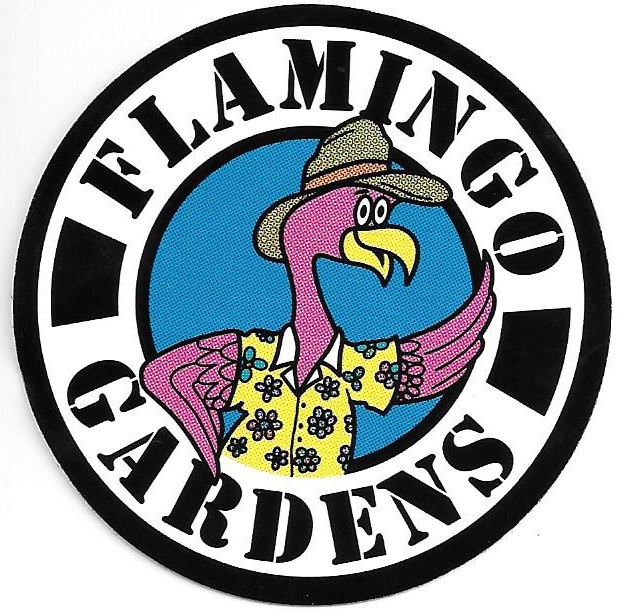Giant Bird of Paradise
- **Type**: Tropical evergreen perennial
- **Height**: 15 to 30 feet (4.5 to 9 meters) outdoors; 6 to 10 feet (1.8 to 3 meters) indoors
- **Width**: 6 to 15 feet (1.8 to 4.5 meters)
- **Growth Habit**: Upright, clumping, with large, paddle-like leaves forming a tree-like structure
- **Foliage**:
- Banana-like, broad leaves, 5 to 10 feet long (1.5 to 3 meters), 1 to 2 feet wide (30 to 60 cm)
- Gray-green to dark green, glossy, often tattered by wind outdoors
- Evergreen year-round in suitable climates
- **Flowers**:
- Large, white blooms with purple-blue accents (tongue-like petals), resembling a bird’s head
- Inflorescence up to 12 inches (30 cm) long, emerging from a boat-shaped spathe
- Bloom season: Sporadic, often late winter to spring (February to May) in warm climates; rare indoors
- Mildly fragrant, attracts birds and pollinators outdoors
- **Fruit**:
- Woody capsules, splitting to reveal black seeds with orange arils
- Not ornamentally significant; rarely seen indoors
- **Light**: Full sun (6+ hours daily) outdoors; bright, indirect light indoors (near south/west windows)
- **Soil**:
- Well-drained, rich; prefers loamy soil with organic matter
- Slightly acidic to neutral (pH 6.0 to 7.5)
- **Watering**: Moderate; keep soil consistently moist but not soggy, allow top inch to dry between waterings
- **Hardiness**: USDA Zones 9 to 11 (20°F or -6°C; grown as a houseplant elsewhere)
- **Wildlife**: Attracts birds (nectar and seeds); not deer-resistant outdoors
- **Care**:
- Fertilize monthly in spring and summer with a balanced mix (e.g., 10-10-10)
- Prune dead or damaged leaves at the base; remove spent flower stalks
- Repot every 1-2 years indoors if rootbound; prefers slightly cramped conditions
- **Pests/Diseases**:
- May attract scale, spider mites, or mealybugs indoors
- Susceptible to root rot in overwatered conditions
- **Uses**: Indoor statement plant, outdoor specimen, tropical accent, or privacy screen
- **Growth Rate**: Moderate; adds 1-2 feet per year with good care
- **Special Features**:
- Native to South Africa; named after Charlotte of Mecklenburg-Strelitz
- Larger and more architectural than the orange Bird of Paradise
- Can split pots indoors as it matures due to vigorous root growth
The White Bird of Paradise’s towering, banana-like leaves and striking white-and-purple blooms bring a bold, tropical flair to indoor spaces or warm-climate gardens, thriving with bright light and consistent moisture. Let me know if you’d like more care tips or design ideas!
